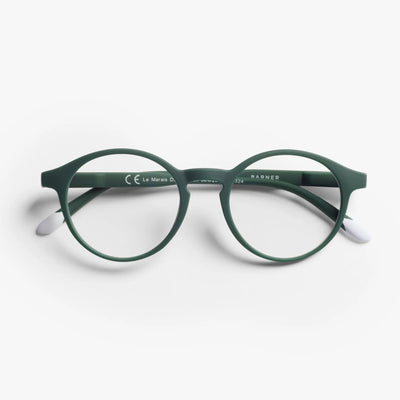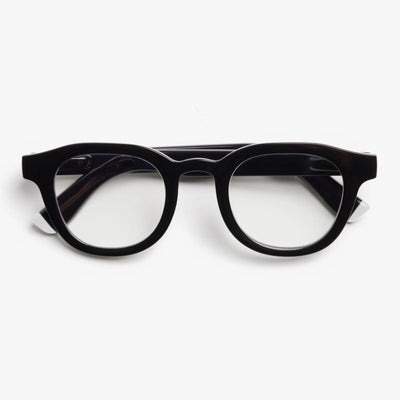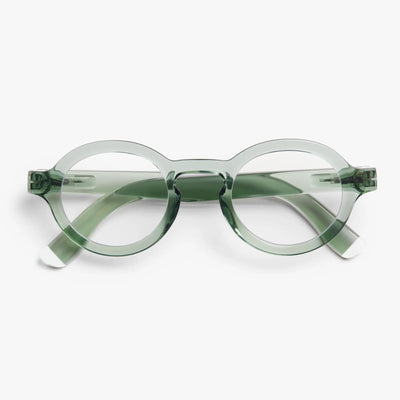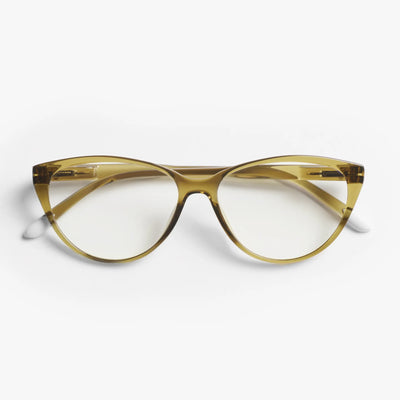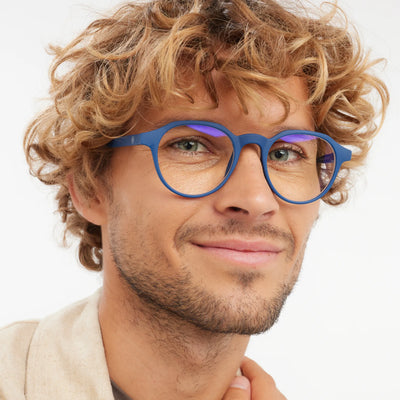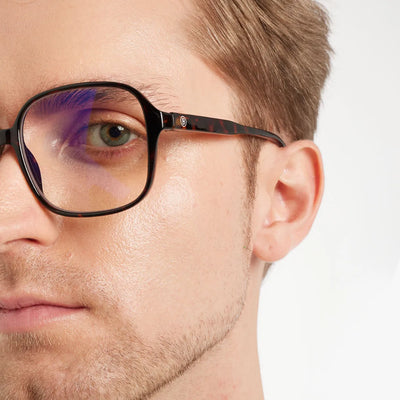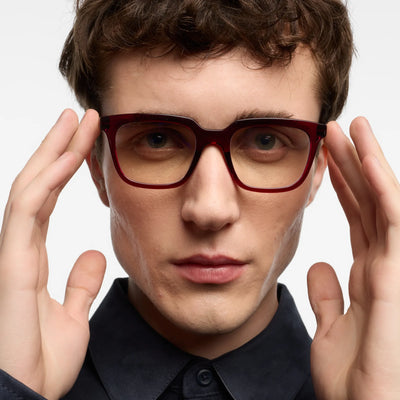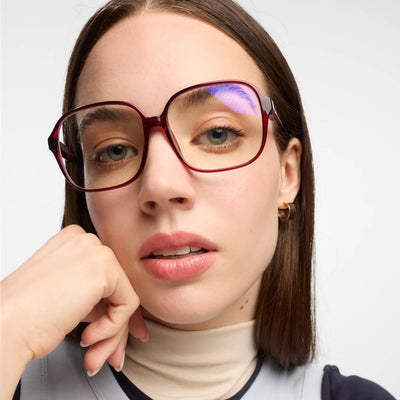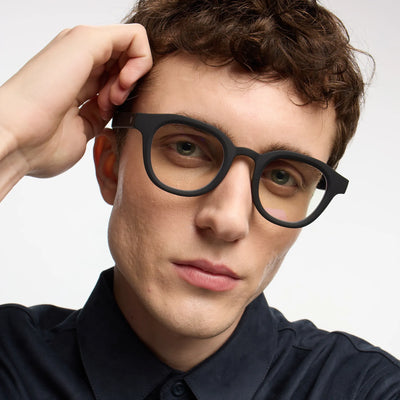
Protect your vision
It’s becoming increasingly important to know how to read eye prescriptions. After all, e-commerce eyewear brands are more popular than ever, and there are plenty of opportunities to purchase a wide variety of glasses online – from sunglasses and prescription glasses to blue light glasses and reading glasses.
At first glance, it can be hard to understand how an optical prescription works. But with a few key insights, you can quickly get to grips with the ins and outs of eye prescriptions, giving you the chance to explore a wide range of glasses without the need to consult an optician.
Here’s our snapshot guide on how to read eye prescriptions like a pro:

Glasses prescriptions 101
Prescriptions for eyeglasses are typically represented by a series of numbers listed under different headings: OS, OD and OU.
These refer to Latin acronyms:
- OS: oculus sinister, referring to the left eye
- OD: oculus dextrus, for the right eye
- OU: oculus uterque, both eyes.
Although these are still the most common terms used for prescription glasses, some opticians have started to modernize their prescriptions with the use of RE, for the right eye and LE for the left eye.
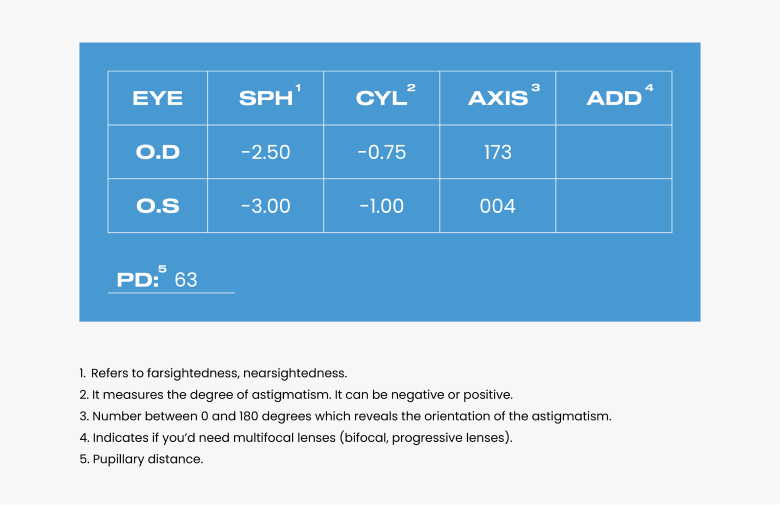
Understanding your eye prescription
These are the three elements that are important in an eye prescription:
S x C x Axis
(for example: O.D -2.50 -0.75 x173 / O.S -3.00 -1.00 x004).
- SPH or SPH: measures the degree of nearsightedness or farsightedness
- C or CYL: indicates the amount of lens power or degree of astigmatism, and it can be negative or positive. The bigger the number, the stronger the astigmatism
- Axis: a number between 0 and 180 degrees that reveals the orientation of the astigmatism, in order to know where the curvature is taking place
Astigmatism, the degree measured in CYL, is often caused by a cornea that is shaped like a football instead of being perfectly rounded. It also means that there are a few more things to take into consideration when reading your prescription.
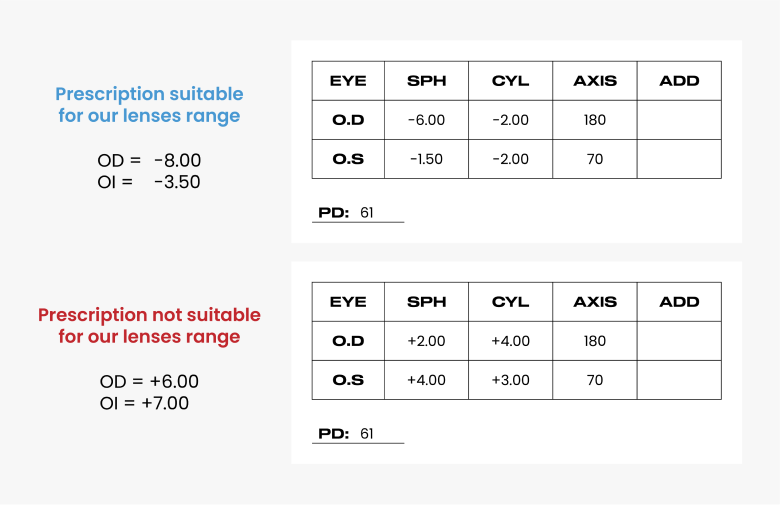
Our prescription range
Range of lenses: We can accommodate any eye prescription ranging from +6.00 to -8.00, and Cylinder (C or CYL) from +4.00 to -4.00.
Please keep in mind that the sum of sphere and cylinder metrics can only reach a maximum of -8 or +6.
Click here to order your prescription lenses online.




















